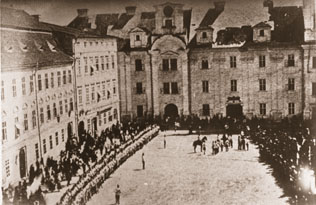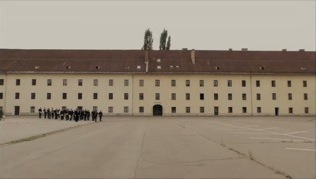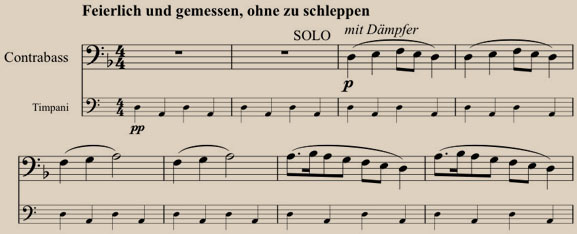The Cost of War
Mahler's Origins: A "Sonic Goulash"
Mahler's Methods

-
The funeral march from Donizetti’s opera Dom Sebastien was as famous in the nineteenth century as Chopin’s Funeral March, and was certainly familiar to Mahler from military ceremonies in Iglau. The young Mahler also performed Liszt’s transcription for piano of this same march at a childhood recital.
-
It must have haunted him down the years, because he quoted the march’s major-minor harmonies in the last of his Songs of a Wayfarer (Lieder eines fahrenden Gesellen). The narrator sings of loneliness and isolation to the cadences of a funeral march: “I went out into the quiet night, over the dark meadow. No one bade me farewell.” A few years later, he transposed some of this song to a section of the First Symphony’s slow movement.
On many occasions in his earlier symphonies, Mahler brought whole passages from his songs into the epic worlds of his symphonies.
-
The central portion of the First Symphony’s slow movement is a restful passage of gentle simplicity that takes us far from the gloom of the funeral march.
-
Mahler is recalling the moment in the fourth Song of a Wayfarer, where the narrator forgets his troubles and falls asleep beside the road, under a linden tree. “On the road stands a linden tree. There I slept peacefully for the first time.”


